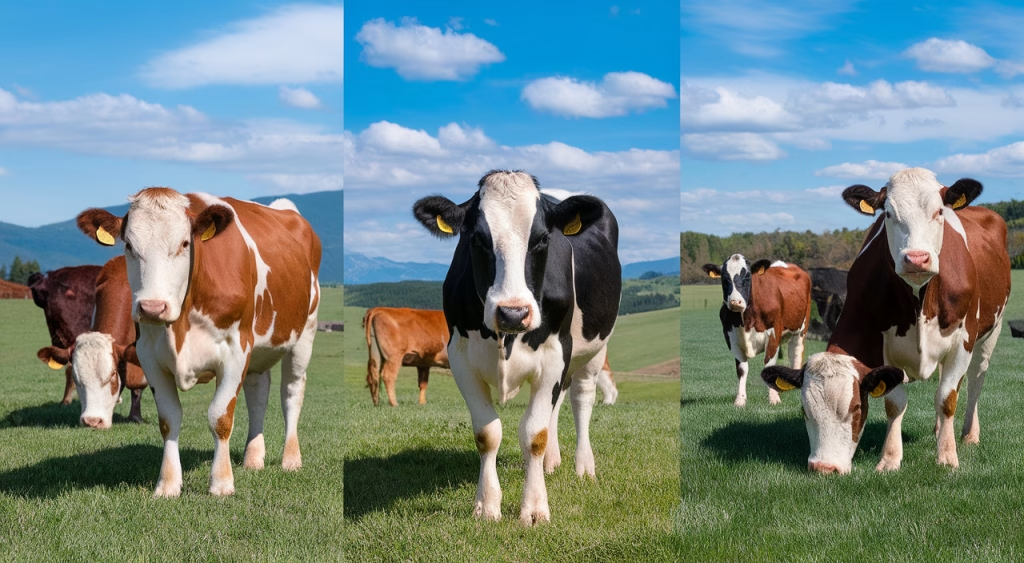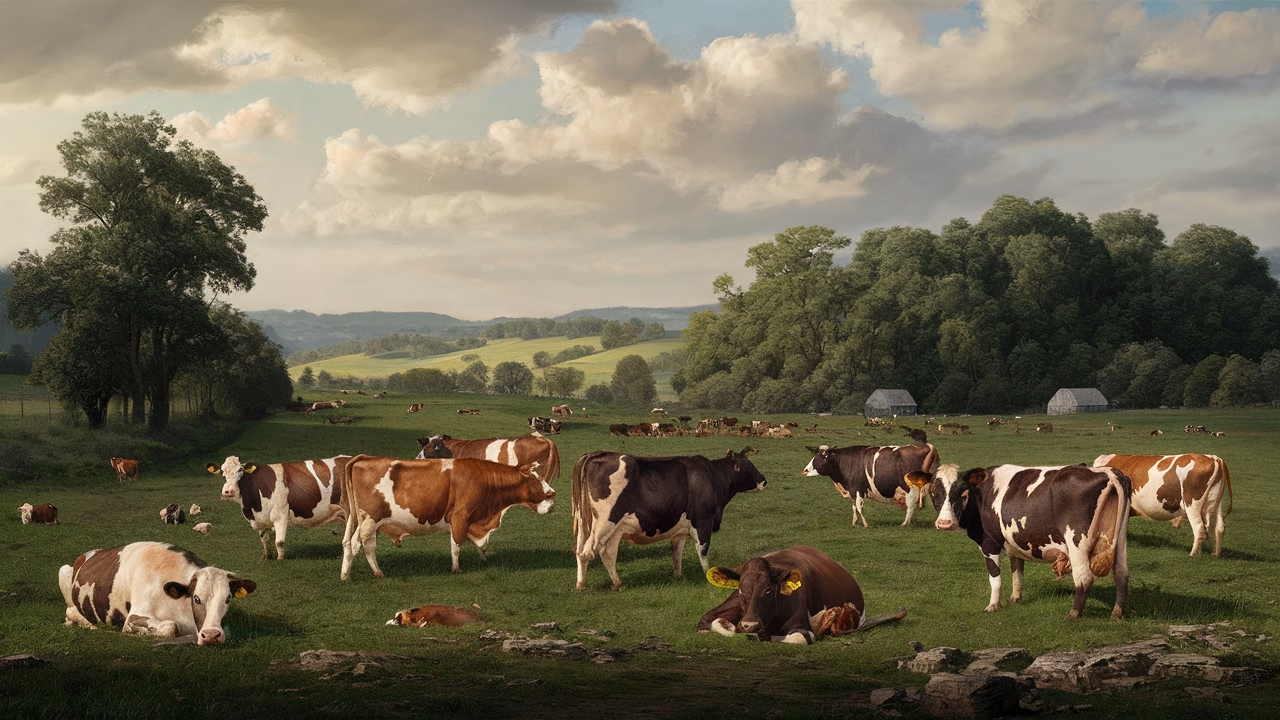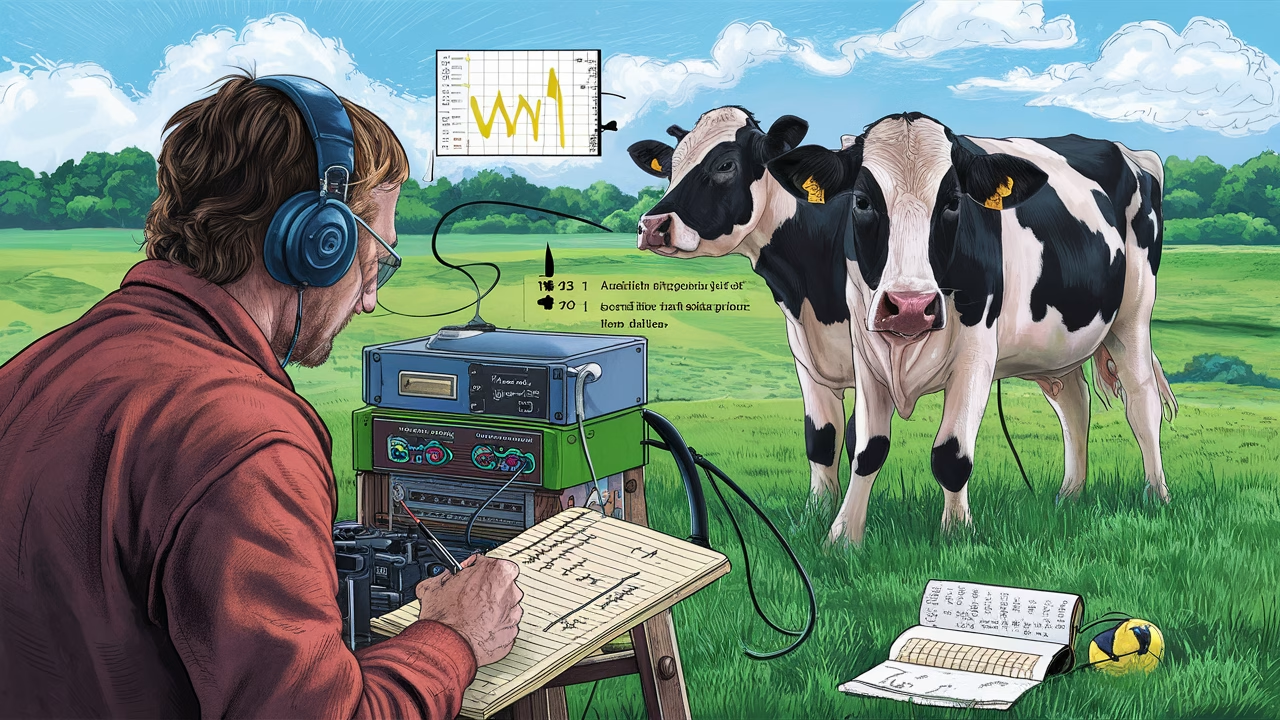Do cows have different accents based on location?
Yes, recent studies in animal communication have confirmed that cows can display regional accents in their vocalizations. Much like humans, cows raised in different geographic or environmental conditions may develop subtly different ‘moos,’ influenced by their social group, environment, and herd size.
TL;DR: Key Takeaways on Cows’ Regional Accents
- Cows exhibit distinct regional vocal patterns: Their mooing styles change depending on location, herd, and social interactions.
- Small herds are key: Just like a close-knit town develops its own dialect, cows in small herds often develop a unique “herd accent.”
- Ethologists are decoding these accents: Through years of vocal analysis and sound pattern tracking, researchers understand that cow communication is far more complex than previously thought.
- Environmental factors play a role: Wind patterns, landscapes, and barn acoustics may influence how cows modify their mooing to ensure effective communication.
Unveiling the Mystery of Cows’ Regional Moo Accents
Imagine walking through a countryside in Yorkshire, England, and hearing a group of cows bellowing in a slower, more drawn-out tone. Now, journey to the Scottish Highlands, and those same animal calls seem sharper, shorter, and more abrupt. What gives? Are your ears playing tricks? Or are you actually hearing a different bovine dialect?
As strange as it might sound, the way cows moo can vary as much as how humans speak. This phenomenon, known as cows regional accents, has captured the attention of animal behaviorists and raised new questions in ethology—the science of animal behavior. While your average person may think a cow’s ‘moo’ is just an idle noise, we ethologists know better: it’s a sophisticated form of communication rich with social meaning.
Exploring the Different Regional Accents in Cows
How Social Dynamics Create Accents
The concept of different regional accents in cows revolves around the idea that animals, much like people, adapt their vocalizations to their social group. In many observed farms, cows that live together for extended periods—especially in a small herd—tend to echo and mimic each other’s vocal patterns. What begins as subtle imitation gradually matures into a consistent, shared distinct accent within that group.
This bovine behavior is especially evident in mother-calf pairs. Calves learn vocal nuances from their mothers and immediate community, forming the foundations of their mooing “language.” Over time, those sounds become refined through peer interaction—sort of like when kids in different cities pick up varied slang words or vowel sounds.
Comparison Table: Cow Moo Variations Across Regions
| Region | Common Moo Characteristics | Social Context |
|---|---|---|
| Yorkshire (UK) | Slower, elongated moos | Tightly-knit small herds |
| Highlands (Scotland) | Short, brisk moos | Expansive grazing areas |
| Midwest (USA) | Medium-pitched with rising tones | Large herds with rotational grazing |
The Fascinating Study of Bovine Behavior
Beneath the bucolic surface of rural pastures lies a sophisticated network of bovine behavior that hinges on communication. Cows are highly social animals with defined social structures. They form friendships, hold grudges, and, yes, learn from one another how to develop their own distinct accent through vocal mimicry.
In field studies, we’ve observed that cows in stable small herds develop tonal characteristics that are consistent within their peer group. These tonal profiles rarely carried over when new cows were introduced—unless the new arrivals were young calves who could be integrated and ‘taught’ the local dialect. Older cows tend to maintain their original vocal habits, much like an elderly New Yorker who retires in Georgia but never loses their Bronx twang.
Factors Influencing Cows’ Mooing Patterns
Environmental and Acoustical Adaptations
It isn’t all social learning when it comes to cows regional accents. Environmental acoustics also play a crucial role in shaping bovine behavior. Animals—including cows—adjust the way they vocalize based on how their sound travels in the physical environment. Imagine a cow in a thick forested farm: she may raise the pitch of her moo to cut through leafy obstructions. In an open field? A deeper moo’s resonance may carry farther.
Let’s break down specific environmental influences:
- Wind and humidity: Shift how sound behaves in air—affecting moo volume and vibrancy
- Barns and silos: Act as echo chambers, where cows may instinctively adjust tones
- Hills and topography: Change how sound bounces—informing how cows project their distinct accent
How Ethologists Analyze Cows’ Vocalizations
The Science Behind Cows’ Distinct Mooing Patterns
As an ethologist, analyzing vocalizations goes beyond casual observation. We use acoustic spectrograms—visual representations of sound frequencies over time—to identify patterns in pitch, duration, and modulation that reveal different regional accents in cattle.
- Spectrographic analysis: Reveals frequency bands, helping compare moos between herds and regions
- Behavior-Linked Recording: We pair moos with activity logs (grazing, mating, feeding) to understand purpose behind tone
- Machine learning: Emerging technologies allow AI models to classify moo accents by region with surprising accuracy
In practice, you’ll notice a calf’s moo is sharper when it’s hungry and slightly flatter when calling to its mother—a clue we use to match intent and context. Once we understand the intent, we can begin to understand the “why” behind vocal differences that emerge regionally over time. This insight not only deepens our understanding of how a small herd develops its vocal identity but also opens potential applications in welfare monitoring.
Cost and Practical Implications for Farmers
Farmers who understand their cows’ vocal behavior can better interpret distress calls, identify illness earlier, and even improve calving outcomes. Investing in inexpensive audio recording tools for field monitoring may lead to:
- Early detection of separation anxiety or discomfort
- Improved bonding between calf and dam
- Streamlined herd integration decisions (like which cows are more “linguistically adaptable”)
Final Thought
Next time you pass a pasture and hear a cow letting out a long, soulful moo, pause for a moment. You might just be listening to cows regional accents—a vocal fingerprint forged by history, herd, and habitat. Animal communication is far richer than simple sounds; it’s a symphony of survival and society. And in cows, it’s a moo with meaning—complete with its own distinct accent shaped by the local community.
Frequently Asked Questions
- Can cows really develop accents like humans?
- Yes, studies show cows in small social groups can develop shared vocal patterns, much like regional accents in human speech.
- Why do small herds produce more defined accents?
- Small herds allow for tighter social bonds and consistent vocal mimicry, giving rise to distinct moos over time.
- Do environmental sounds influence how cows moo?
- Absolutely. Factors like terrain, wind, and structural acoustics impact how cows modify their vocalizations for clarity and reach.
- Is vocal behavior in cows just about calling calves or danger alerts?
- No, it’s actually more nuanced. Cows use pitch and rhythm to express status, discomfort, desire to mate, or even social greetings.
- Can modern tech help farmers monitor cow communication?
- Yes, tools like acoustic sensors and AI modeling are now being used to decode and analyze cow vocal data for health and welfare monitoring.
- How did researchers first notice cows had accent differences?
- Through audio recordings and comparisons across farms. Farmers noticed vocal patterns differed, prompting ethologists to study further.
- What other animals have regional vocalizations?
- Many! Birds, whales, and even primates show regional vocal variations—cows have now proudly mooed their way into this exclusive club.





